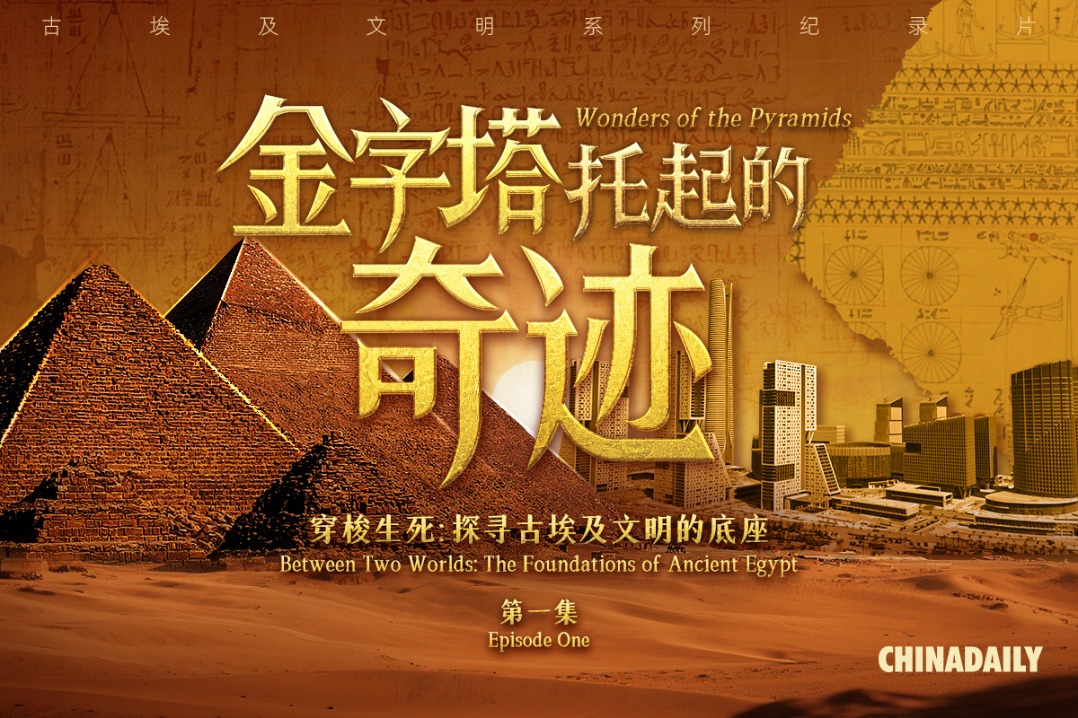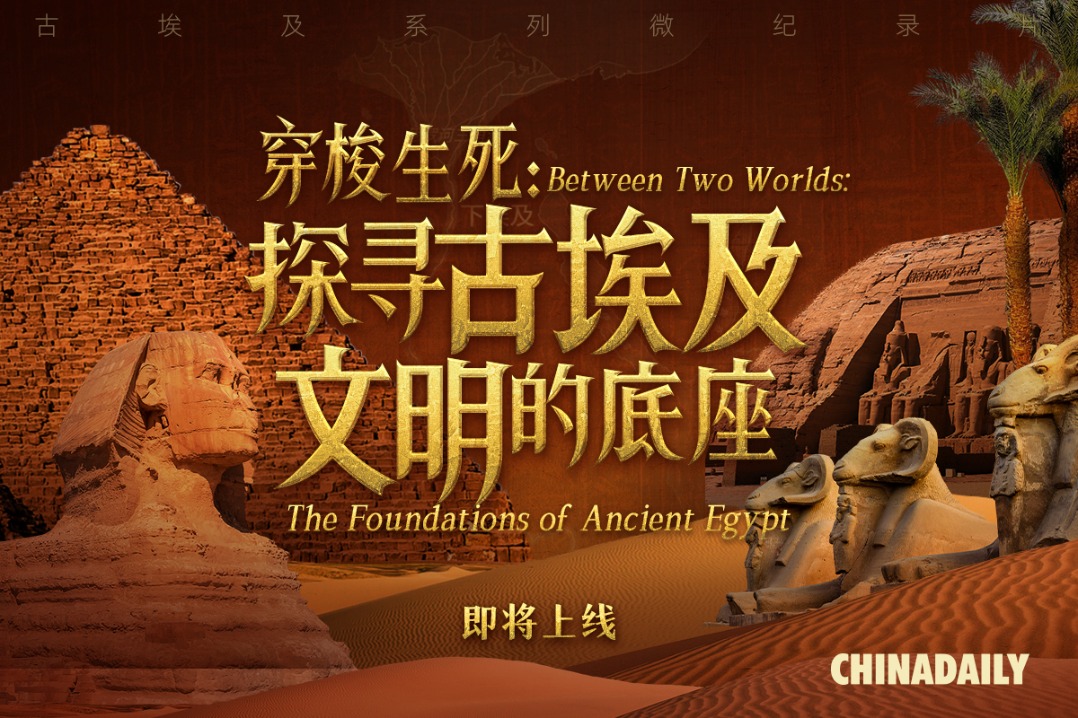Making of new five-year plan key to achieving socialist modernization: China Daily editorial

Since their inception in 1953, China's Five-Year Plans have been instrumental in translating political vision into actionable policy. The 15th iteration arrives at a pivotal juncture for the country as it pursues the strategic objectives laid out at the 20th National Congress of the Communist Party of China.
China will basically achieve its socialist modernization by the year 2035, according to the strategic arrangements made at the 20th CPC National Congress. With only 10 years left for the country to achieve that goal, the importance the Central Committee of the CPC attaches to the 15th Five-Year Plan (2026-30) cannot be overestimated. It is not merely a development blueprint for the next five years, but executable instructions for achieving holistic progress, innovation-driven growth, and shared prosperity.
That explains why Xi Jinping, general secretary of the CPC Central Committee, reiterated that the formulation of the plan must integrate rigorous research, public consultation and consensus-building, ensuring that it reflects both the Party's leadership and the people's needs.
He emphasized the significance of coordinating the domestic and international imperatives in making the new five-year plan. He particularly underscored the critical importance of scientific planning and consistent implementation, with a clear understanding of the variables and volatility of the international situation, which will have a considerable impact on the country's domestic development.
Soliciting feedback and suggestions from officials, the public, experts and scholars through various channels reflects a dedication to legitimacy and feasibility.
By engaging diverse stakeholders, the plan seeks to address regional disparities, sectoral challenges and social expectations, thereby enhancing policy coherence and public trust. Such inclusivity is a recognition that China's complex development landscape — from urban technology hubs to rural agrarian communities — demands nuanced, localized solutions.
Continuously improving people's well-being and bringing real benefits to them is an important aspect that Xi stressed in the making of the new plan. He called for the down-to-earth efforts of governments at all levels to address residents' immediate concerns. Only by continuously raising people's sense of happiness, gain and security with concrete policies and approaches will the fundamental worthiness of modernization be manifested.
That is why Xi emphasized the importance of securing the stable growth of employment, smooth running of enterprises, steady expansion of the market, and the importance of prioritizing high-quality development guided by the new development philosophy. Central to this approach is continued reform to enhance the socialist market economy, promote high-standard openness, and cultivate a new development pattern that balances domestic and international economic dynamics.
Human capital is the linchpin of modernization. The plan's focus on science and education — including STEM, innovation and vocational training — is aimed at cultivating a skilled workforce capable of driving technological breakthroughs. By aligning education with labor market demands, China seeks to avoid the middle-income trap and sustain its edge in emerging industries such as artificial intelligence, quantum computing, and biotechnology.
But the 15th Five-Year Plan is more than just a domestic policy agenda; it is a statement of China's role in addressing global challenges. By advocating "high-standard opening-up", Beijing has signaled that it will not only resolutely open its door wider on a higher level but that it is also willing to engage with international protocols on trade, climate and governance.
The country's efforts to accelerate the transition to a green development model are indicative of this. The promotion of green industries, encouragement of sustainable consumption practices, and investments in pollution control, climate response initiatives and biodiversity protection, which align economic activities with environmental protection, will be institutionalized in the plan under the "ecological civilization" framework.
The CPC has accumulated a lot of experience in making such an overall development plan and having it implemented at all levels. To have such a cohesive plan to coordinate the economic and social development of such a large country also highlights China's governance capabilities.


































